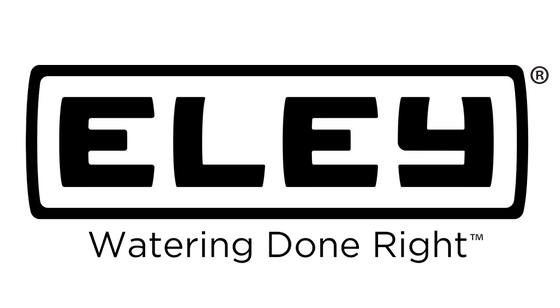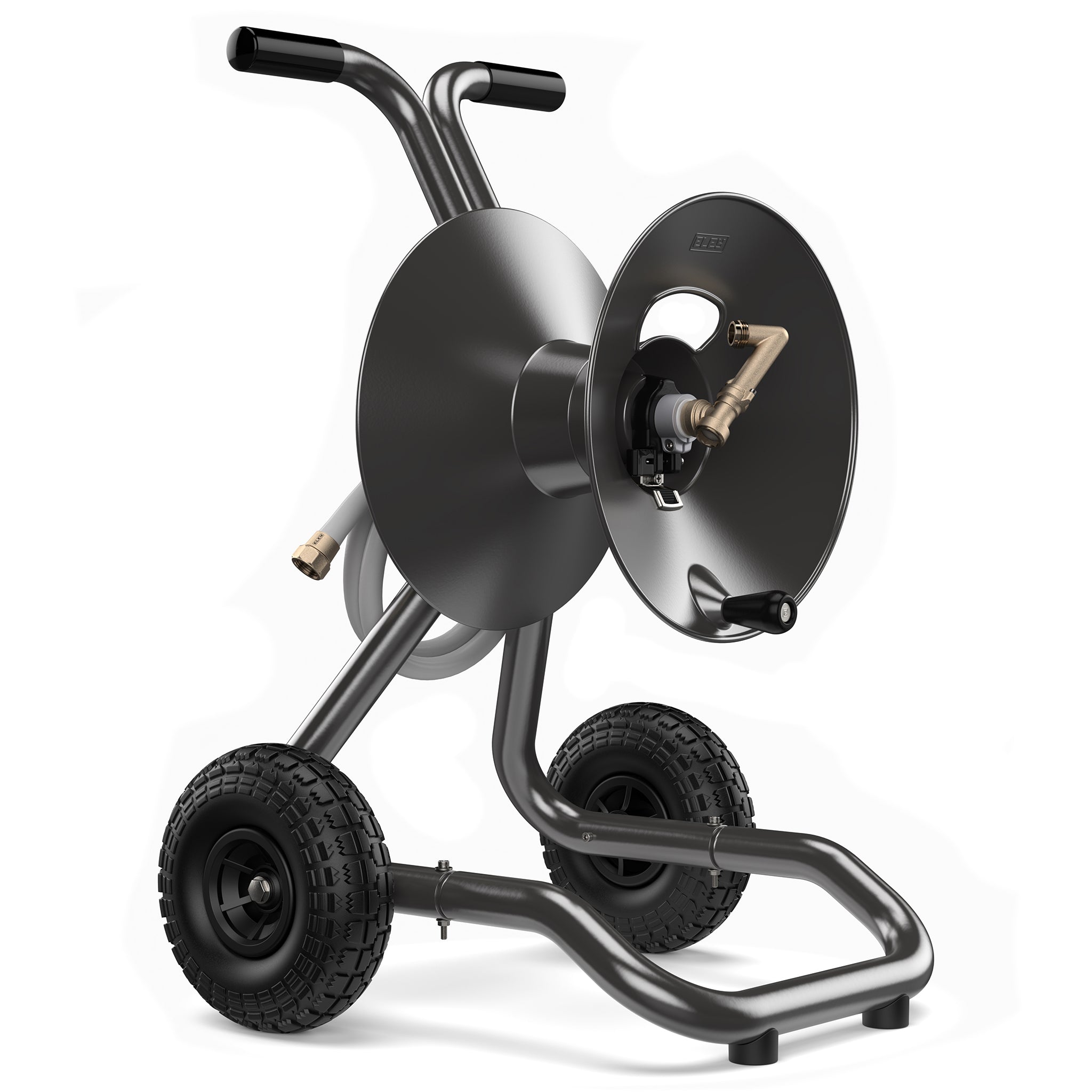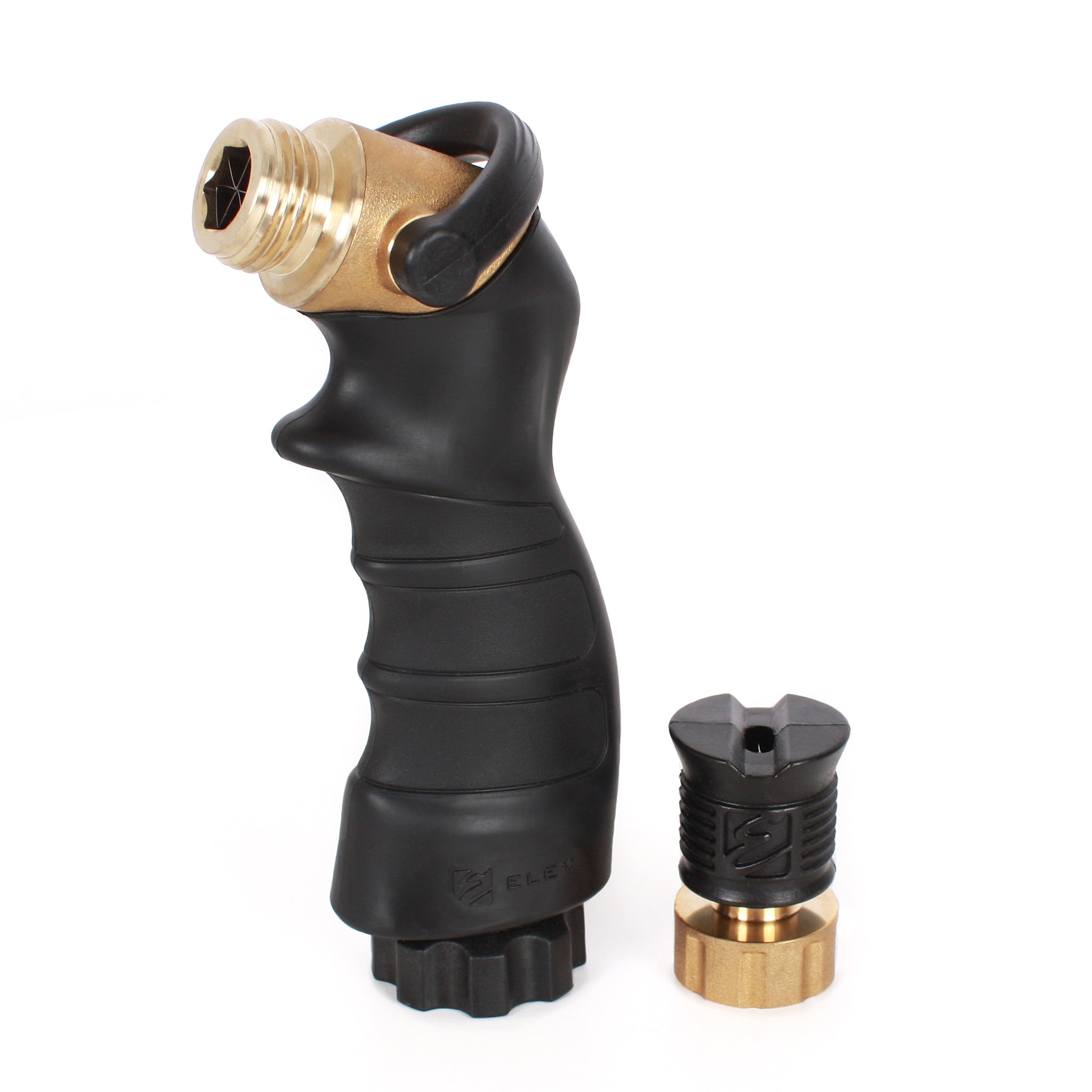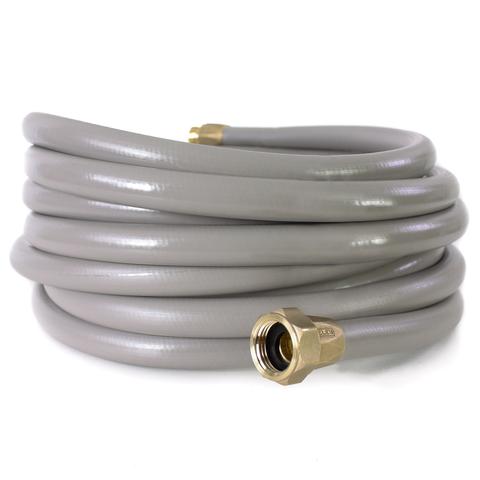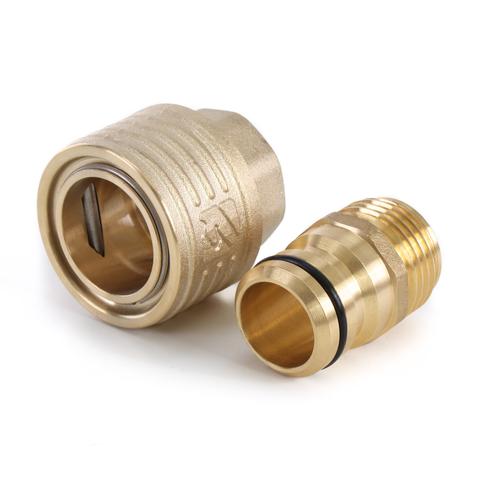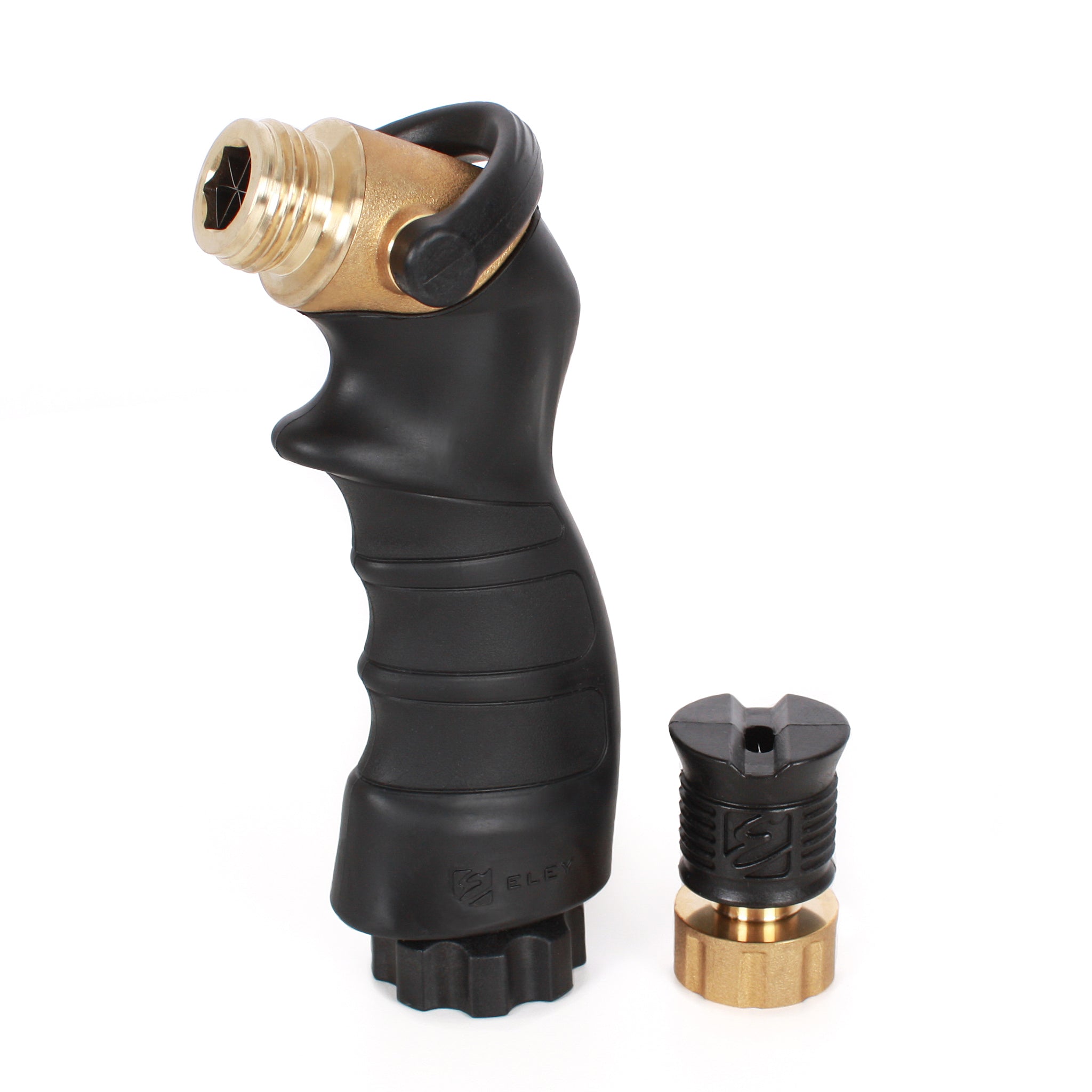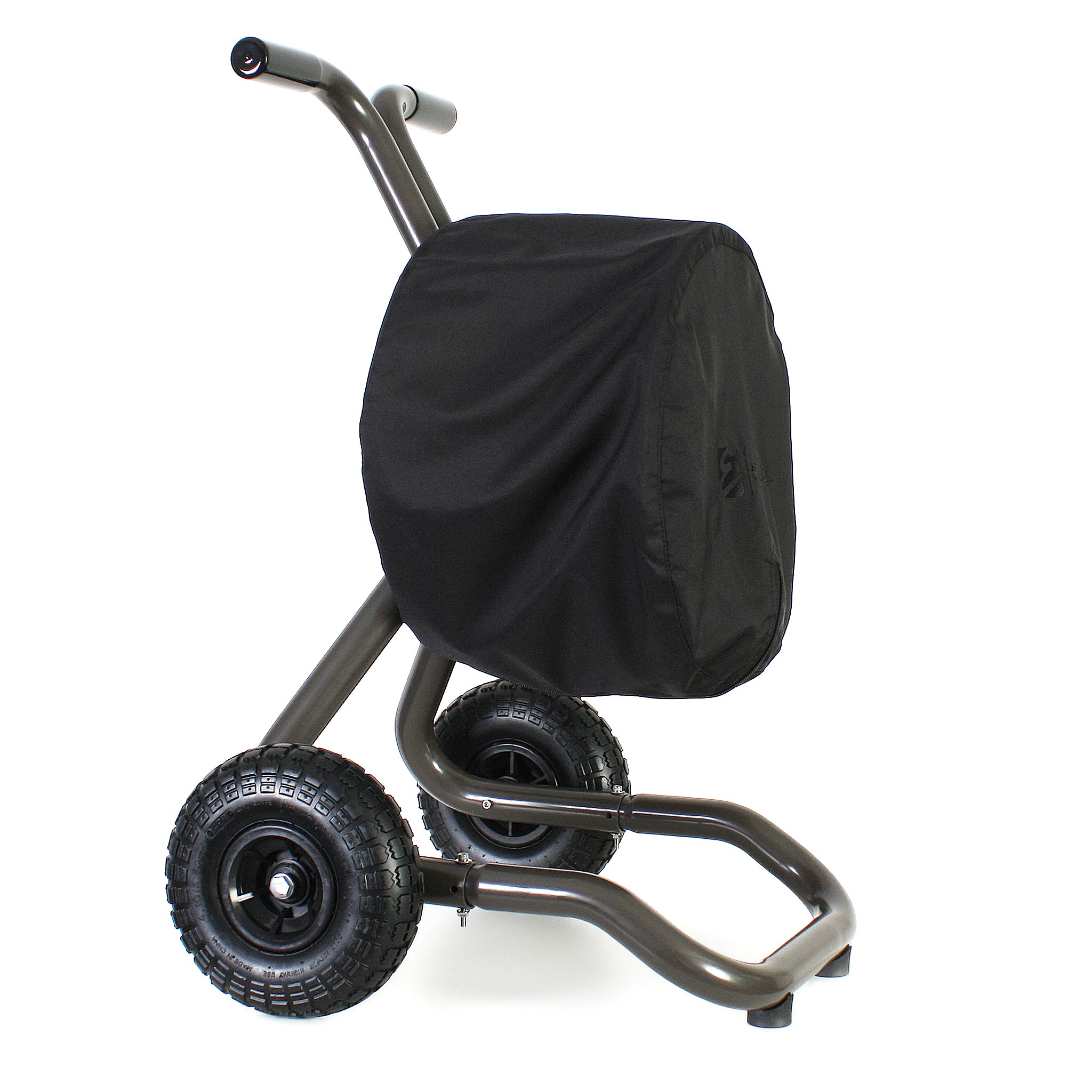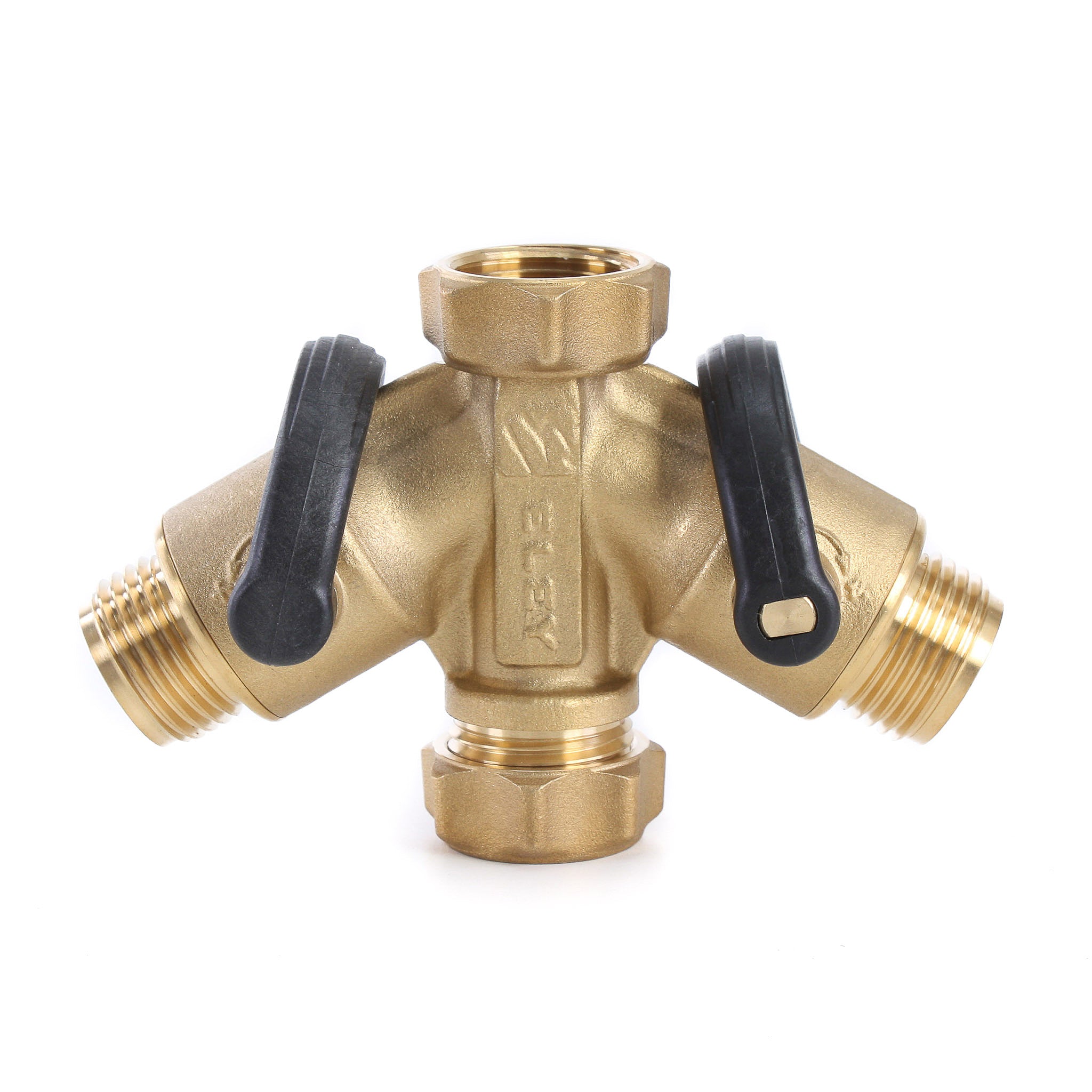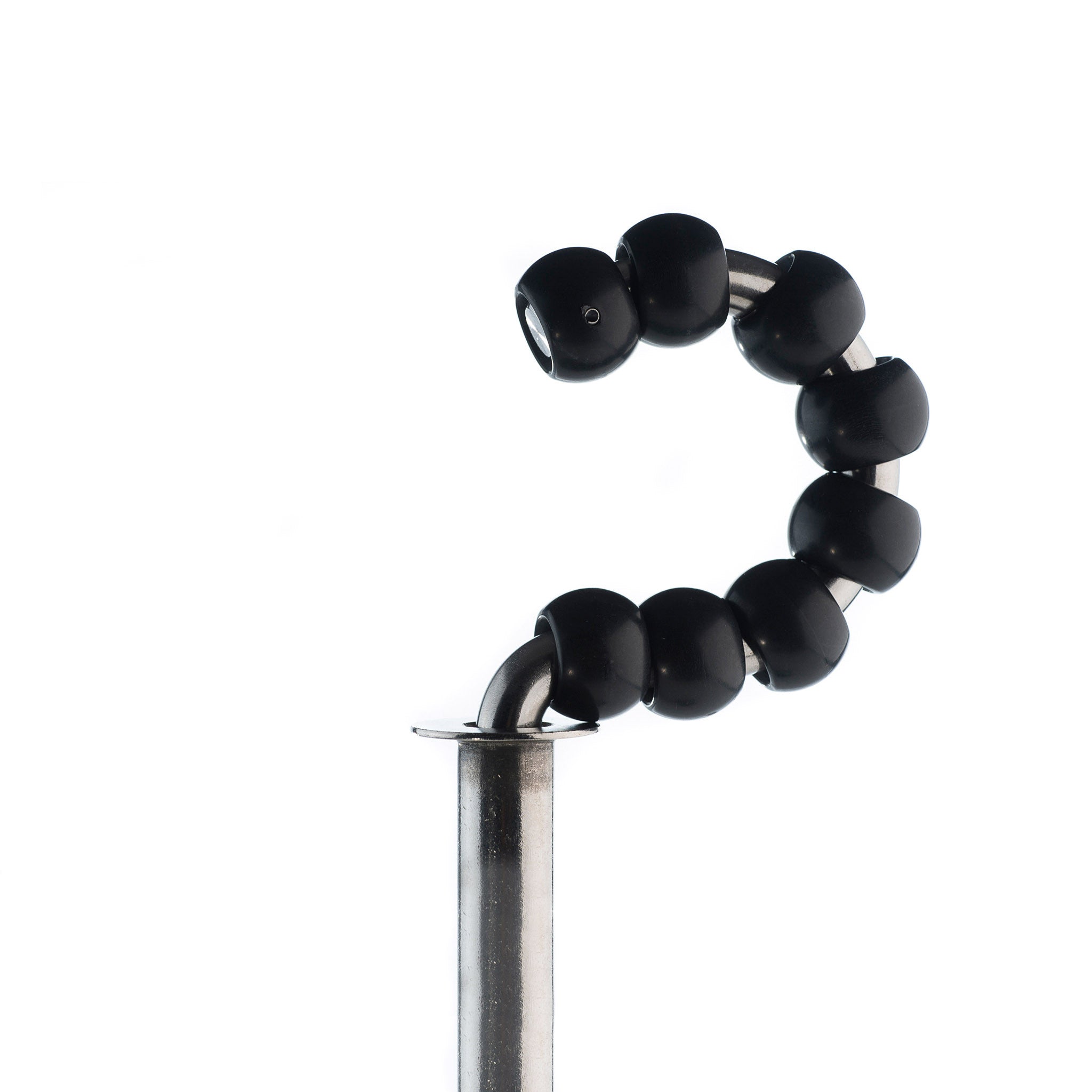Assembly Instructions | Garden Hose Reels
Damaged, Defective or Missing Parts? Please inform us using this form, and we'll get you replacement or missing parts ASAP.
Following are the answers to the most common questions and issues regarding assembly and installation of ELEY® garden hose reels.
Click on a link below for model-specific FAQs, troubleshooting tips, view full step-by-step assembly demonstration videos and view downloadable & printable PDF assembly manuals.
- Wall-Mount Hose Reel
- Free-Standing Hose Reel
- Two-Wheel Cart Reel
- Four-Wheel Wagon Hose Reel
- Wood Post Mount Hose Reel
General Hose Reel Assembly FAQs and Troubleshooting
NOTE: For model-specific FAQs and troubleshooting, select the appropriate link above.
I can't get the swivel to stay on the axle of the hose reel.
 We're sorry to hear about the assembly issue. Something is not installed or aligned properly. Please watch this video which details all the possible scenarios that can contribute to this particular issue and how to remedy it.
We're sorry to hear about the assembly issue. Something is not installed or aligned properly. Please watch this video which details all the possible scenarios that can contribute to this particular issue and how to remedy it.
My garden hose is unruly and hard to handle. What's going on?
 Because of its unique properties and characteristics, polyurethane hose handles much differently than any other garden hose material. This 10-minuite video explains how to properly unbox, install the hose onto your reel and how to reel it back in for trouble-free rewinding experience and a nice-looking wrap.
Because of its unique properties and characteristics, polyurethane hose handles much differently than any other garden hose material. This 10-minuite video explains how to properly unbox, install the hose onto your reel and how to reel it back in for trouble-free rewinding experience and a nice-looking wrap.
Missing, Damaged or Lost Assembly Parts
We're sorry to hear that the assembly process has a problem with a component. We're committed to getting you new part quickly so you'll be able to complete assembly. Please submit our Damaged, Defective or Missing Parts Form and we'll reply promptly.
I am getting a kink where the hose passes through the opening in the front flange.
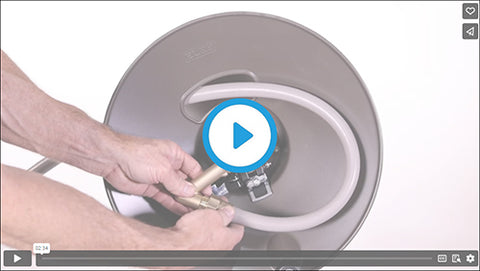 This is rare, but can occur due to the natural arc in the polyurethane hose. The fix is quick and easy. Watch the following video demonstration on how to properly attach an ELEY polyurethane garden hose to an ELEY garden hose reel.
This is rare, but can occur due to the natural arc in the polyurethane hose. The fix is quick and easy. Watch the following video demonstration on how to properly attach an ELEY polyurethane garden hose to an ELEY garden hose reel.
How to adjust the cam-lever brake (Reel tipping over too easily)
 The cam-lever brake is designed to create a small amount of drag while the hose is being pulled out. This is to prevent unwanted rollout when you stop pulling the hose out. The brake is also designed to be easily turned off to release the drag and allow the reel to free-spin for effortless rewinding. This video demonstrates how to adjust the drag of the brake to your personal liking and how to use it properly.
The cam-lever brake is designed to create a small amount of drag while the hose is being pulled out. This is to prevent unwanted rollout when you stop pulling the hose out. The brake is also designed to be easily turned off to release the drag and allow the reel to free-spin for effortless rewinding. This video demonstrates how to adjust the drag of the brake to your personal liking and how to use it properly.
Can't get my garden hose through the hose strap.
 If the hose you're trying to feed through the hose strap is an ELEY® garden hose, please watch the video below. If your garden hose is a brand other than ELEY® and has oversized fittings, then you may have to bypass this step of attaching the hose to the reel with the hose strap. NOTE: The hose strap is NOT REQUIRED for effective hose reel use and functionality. It is provided as an extra-safety measure designed to provide protection to the hose fittings and the brass gooseneck swivel from hard pulls when the hose is fully unrolled off the hose reel and the user is pulling or yanking on the hose to try and stretch it out a few more inches to reach a watering spot. You can simply bypass the hose strap and attach the garden hose directly to the hose reel's gooseneck swivel.
If the hose you're trying to feed through the hose strap is an ELEY® garden hose, please watch the video below. If your garden hose is a brand other than ELEY® and has oversized fittings, then you may have to bypass this step of attaching the hose to the reel with the hose strap. NOTE: The hose strap is NOT REQUIRED for effective hose reel use and functionality. It is provided as an extra-safety measure designed to provide protection to the hose fittings and the brass gooseneck swivel from hard pulls when the hose is fully unrolled off the hose reel and the user is pulling or yanking on the hose to try and stretch it out a few more inches to reach a watering spot. You can simply bypass the hose strap and attach the garden hose directly to the hose reel's gooseneck swivel.
Still having issues? Contact Us.
Can't get the swivel threaded onto the reel axle
If you're unable to get the threaded lock nut on the brass swivel to thread onto the hose reel axle, it usually means that something is preventing the threads on the axle from being fully accessible. This is usually due to one or more of the following assembly issues:
- Make sure the white axle bushings are fully seated into the flanges. If not, tap on the bushing until fully seated. (See the next Q&A below)
- Make sure the flange & drum assembly is fully pushed all the way onto the axle.
- Make sure the hose strap is seated properly in the rectangular hole.
- Make sure the cam-lever brake is properly installed with the brake tab nesting into the slot in the front flange.
If all four of these items are as they should be, then the thread on the axle will easily be accessible to the lock nut on the brass swivel.
Still having issues? Contact Us.
The hose reel is making a squealing or squeaking sound when it spins
This usually comes from one of two sources: 1) the crank handle, or 2) the reel's main axle. In both cases it is likely that some small foreign object has gotten between the poly material and the metal axle it spins on. The poly black crank handle spins on a solid aluminum pin. The white poly axle bushings spin on the hollow main aluminum axle of the hose reel. The remedy is the same for both; clean the surfaces of the aluminum axle and the poly material with a dry clean cloth.
If the noise is coming from the reel's main axle:
- Loosen the lock-nut on the gooseneck swivel and remove the swivel from the axle.
- You can leave the rolled up hose on the reel.
- Slide the hose reel flange & drum assembly off the axle.
- Wipe the surface of the aluminum axle and the white axle bushings with a clean dry cloth.
- Reassemble the hose reel.
If the noise is coming from the crank handle:
- Slightly loosen the screw that holds the crank handle to the reel's front flange. Do NOT completely remove. Leave a few threads in the handle center post.
- With a hammer, tap on this screw to dislodge the crank handle center post from the flange hole it's wedged into.
- Once the post becomes dislodged, remove the screw completely and slide the poly teardrop handle off the center post.
- Clean both surfaces with a dry clean cloth and reinstall back onto the reel.
Lubricant Needed?
We often get asked if a lubricant can be applied to these surfaces to prevent this from reoccurring. ELEY® does not recommend any form of lubricant as these components should spin together without making any noise. However, for those that insist on using something, we would suggest a dry lubricant, such as a graphite lube. Do NOT use any petroleum-based or spray-on lubricant.
Still having issues? Contact Us.
An axle bushing has come out of the flange
 Please watch this short video on how to properly re-seat the bushing into the flange.
Please watch this short video on how to properly re-seat the bushing into the flange.
Still having issues? Contact Us.
The hose strap assembly has come apart
 If the hose strap assembly came apart in the package during shipping, please watch this video for a quick and easy reassembly of the part.
If the hose strap assembly came apart in the package during shipping, please watch this video for a quick and easy reassembly of the part.
Still having issues? Contact Us.
Should I use thread locking compound when assembling the reel?
ELEY® does not advise using a thread-locking compound, whether it be low, medium or high strength. The reason is; if removal is required at a later time, there are a number of places where you are not able to access both the nut and the screw to hold them properly if a thread locker has been used.
How do I set the hose reel up for left-hand rewinding?
 It all depends on which direction you feed the female end of the hose through the opening in the front flange. Click on this image to enlarge and take notice of the direction in which the hose comes through the front flange opening and attaches to the gooseneck swivel.
It all depends on which direction you feed the female end of the hose through the opening in the front flange. Click on this image to enlarge and take notice of the direction in which the hose comes through the front flange opening and attaches to the gooseneck swivel.
I need a different length of inlet hose
All ELEY® garden hose reels come prepackaged with a 6-1/2 foot x 5/8-inch polyurethane inlet hose, also commonly referred to as a feeder, jumper or supply hose. Please visit our Inlet Hoses - Everything You Need to Know article to explore various inlet hose options.
Why are the hose reels unassembled?
Two reasons
First, it allows us to tightly nest the powder-coated aluminum components with protective trays, minimizing the possibility of damage during shipping. Second, these smaller and more dense packages reduce freight costs, giving us the ability to offer free shipping. Shipping companies frown on large packages that don't weigh much. Void air spaces in a box can add significantly to the shipping charge.
Quick & Easy Assembly by Design
While the thought of assembling a hose reel may cause some apprehension, it shouldn't. A primary objective of the ELEY® product design team was to make the assembly process as easy as possible. Based on customer feedback, it appears they did a pretty good job. Complete hose reel assembly can be accomplished in a matter of minutes using the single hex-key wrench included with every hose reel.
My question or issue is not in this list.
If you have an assembly question or issue that is not covered by the topics in this list or the model-specific assembly pages linked at the top of this page, then please Contact Us.
